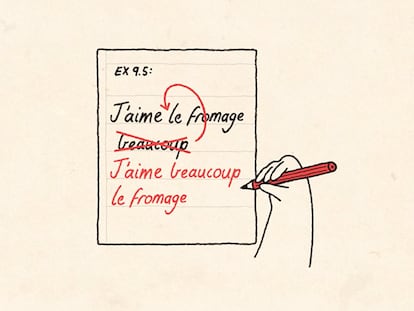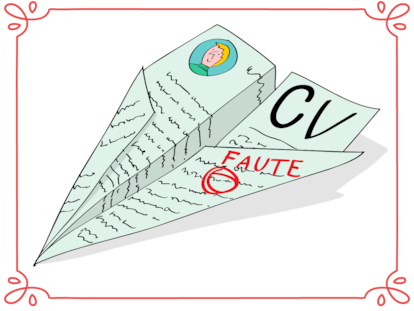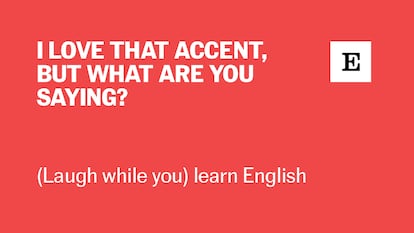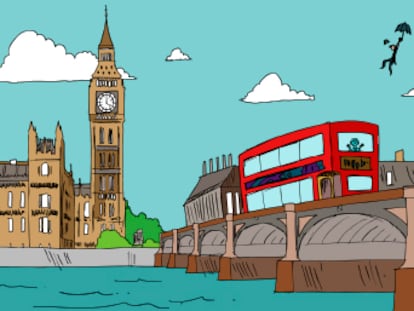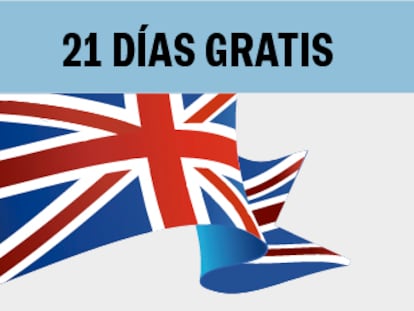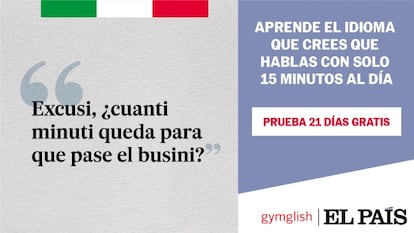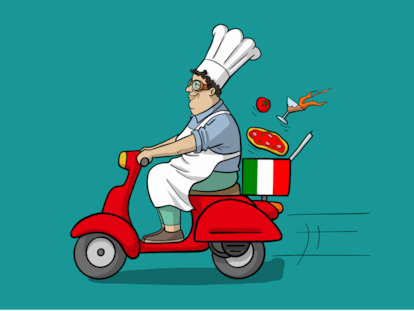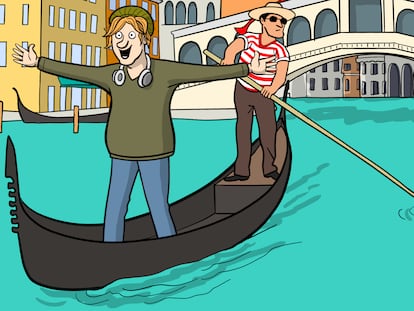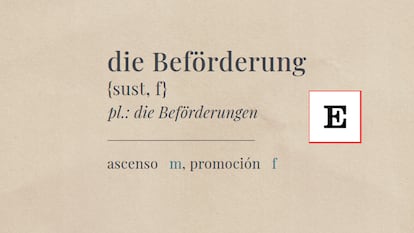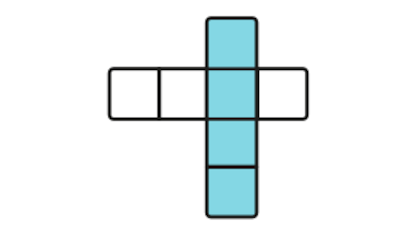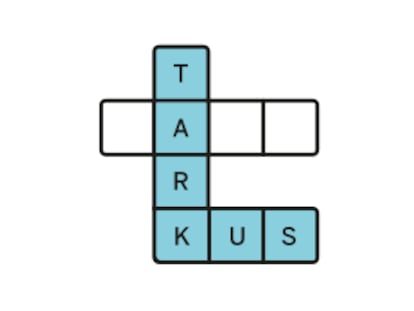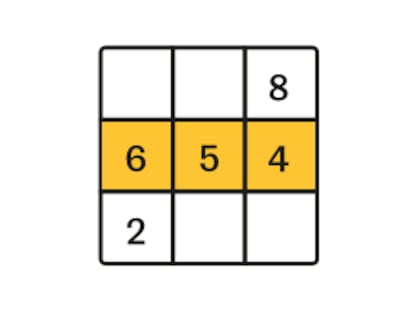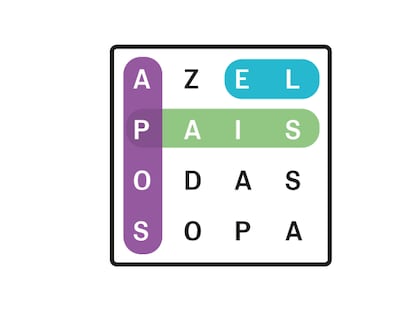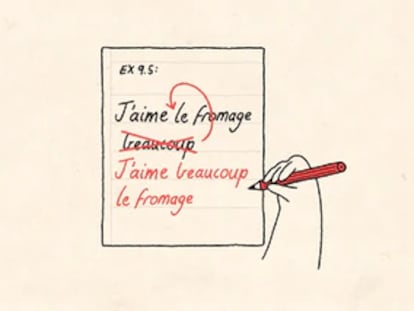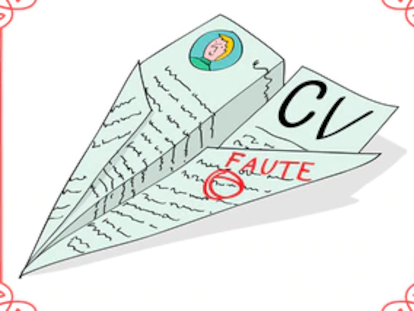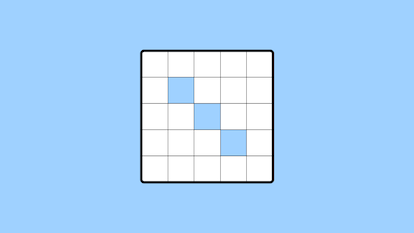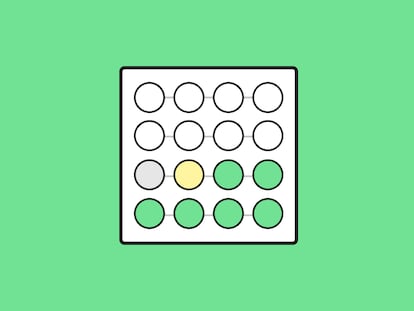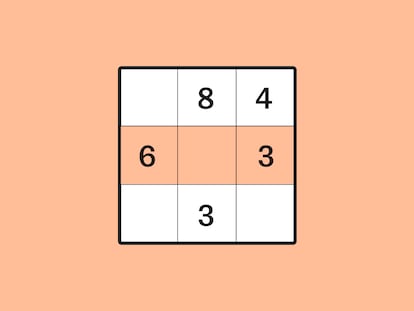France views European military response in Ukraine as a ‘laboratory for a post-Trump NATO’
A European diplomatic communication indicates that London and Paris are pushing for a military deployment to test their strength as the US progressively steps back
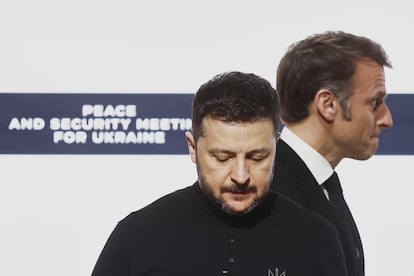
The deployment of European troops to Ukraine following a hypothetical peace agreement has become a key objective of the renewed Franco-British alliance. French President Emmanuel Macron and British Prime Minister Keir Starmer are advocating for the creation of a “coalition of the willing” to ensure stability in Ukraine. This initiative would involve deploying approximately 30,000 ground troops, with the potential inclusion of naval and air contingents. According to a diplomatic communication, France views this effort as a “laboratory” for testing the operational framework of the European pillar of a “post-Trump NATO.”
Preparatory meetings ahead of Thursday’s high-level gathering — attended by representatives from 31 countries, as well as NATO and EU leaders — allowed diplomats to gain a clearer understanding of France’s vision. The goal is to align European military efforts with U.S. efforts. Macron, who maintains frequent communication with U.S. President Donald Trump and speaks almost daily with Ukrainian President Volodymyr Zelenskiy, reaffirmed France’s commitment to deploying troops not only in Ukraine but also in allied nations such as Romania to bolster its border security.
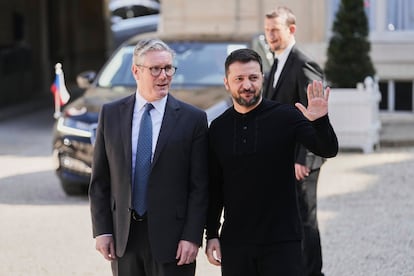
The proposed coalition of the willing, according to the preparatory meetings and the diplomatic communication, could operate under NATO’s command and control structure, following the model of the Berlin Plus agreements of 2003. These agreements allow NATO to support EU-led operations without requiring full NATO participation.
While proponents agree that the coalition’s framework should be coordinated with NATO, France and the United Kingdom are actively working to identify EU countries willing to participate. The U.K., for its part, is pushing for the mission to include air support in addition to ground operations.
Beyond its immediate objectives, the mission is also envisioned as a way to tests missions carried out by European coalitions of volunteers, with the support of NATO’s infrastructure. If implemented, diplomatic sources believe, “it could constitute the embryo of the future mechanisms of a post-Trump NATO.”
On Thursday, Macron unequivocally announced that a “coalition of the willing” will be deployed on Ukrainian soil to guarantee peace following a potential peace agreement. While opposition from some EU member states — such as Germany, Croatia, and Italy — remains, Macron downplayed concerns. “It is not unanimous,” he said, “But we do not need unanimity to achieve it.”
However, coordinating such an operation presents significant logistical challenges, which why it could be formed under NATO command and control.
The realization of the mission would also be a way to test, in a favorable political context (especially given a hypothetical and progressive loss of U.S. presence and the United Kingdom’s willingness to re-enter continental strategies), this type of mission carried out by coalitions of volunteers and supported by the NATO structure. If this entire plan moves forward, the same sources believe, it could constitute the foundation of future NATO mechanisms with a reduced U.S. presence.
Sign up for our weekly newsletter to get more English-language news coverage from EL PAÍS USA Edition
Tu suscripción se está usando en otro dispositivo
¿Quieres añadir otro usuario a tu suscripción?
Si continúas leyendo en este dispositivo, no se podrá leer en el otro.
FlechaTu suscripción se está usando en otro dispositivo y solo puedes acceder a EL PAÍS desde un dispositivo a la vez.
Si quieres compartir tu cuenta, cambia tu suscripción a la modalidad Premium, así podrás añadir otro usuario. Cada uno accederá con su propia cuenta de email, lo que os permitirá personalizar vuestra experiencia en EL PAÍS.
¿Tienes una suscripción de empresa? Accede aquí para contratar más cuentas.
En el caso de no saber quién está usando tu cuenta, te recomendamos cambiar tu contraseña aquí.
Si decides continuar compartiendo tu cuenta, este mensaje se mostrará en tu dispositivo y en el de la otra persona que está usando tu cuenta de forma indefinida, afectando a tu experiencia de lectura. Puedes consultar aquí los términos y condiciones de la suscripción digital.
More information
Archived In
Últimas noticias
All the effects of gentrification in one corner of Mexico’s Colonia Roma
Palestinian reporter Youmna El Sayed: ‘My family told me I had to choose between being a journalist or a mother’
‘Sleepless City’: The light of cinema illuminates Madrid’s Cañada Real shantytown
Russell Tovey: ‘I was advised many times not to come out, I don’t think there was many people who’d done that — and I feel really proud that I’m one of those that did’
Most viewed
- The low-cost creative revolution: How technology is making art accessible to everyone
- Families demand repatriation of bodies of Colombians who died in Ukraine: ‘This war is a slaughterhouse for foreigners’
- Christian Louboutin: ‘Young people don’t want to be like their parents. And if their parents wear sneakers, they’re going to look for something else’
- US sanctions against jailed cartel leader ‘El Marro’ highlight Mexico’s lack of control over its prisons
- Liset Menéndez de la Prida, neuroscientist: ‘It’s not normal to constantly seek pleasure; it’s important to be bored, to be calm’











